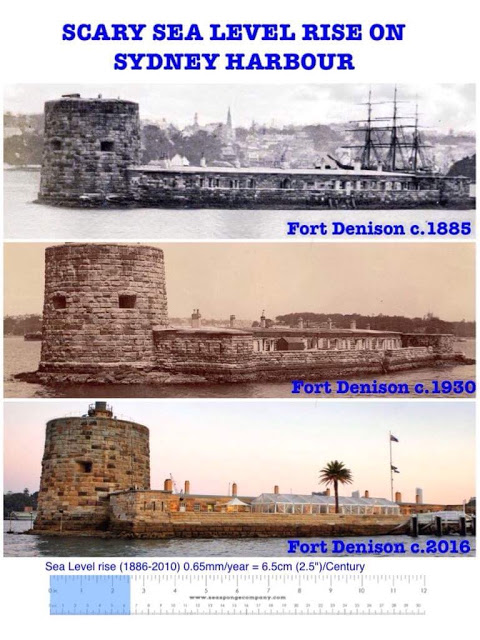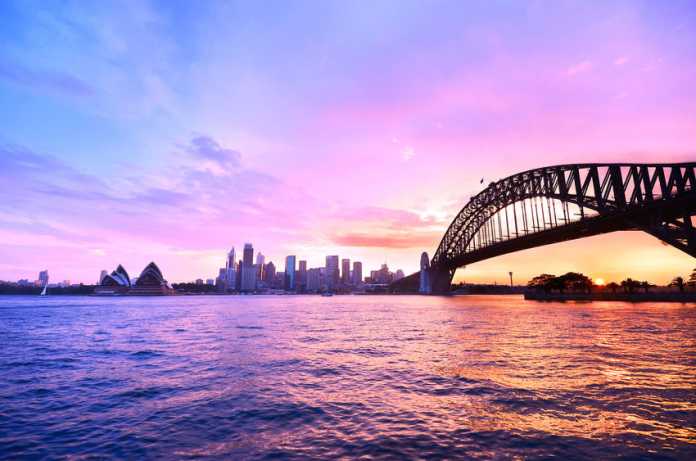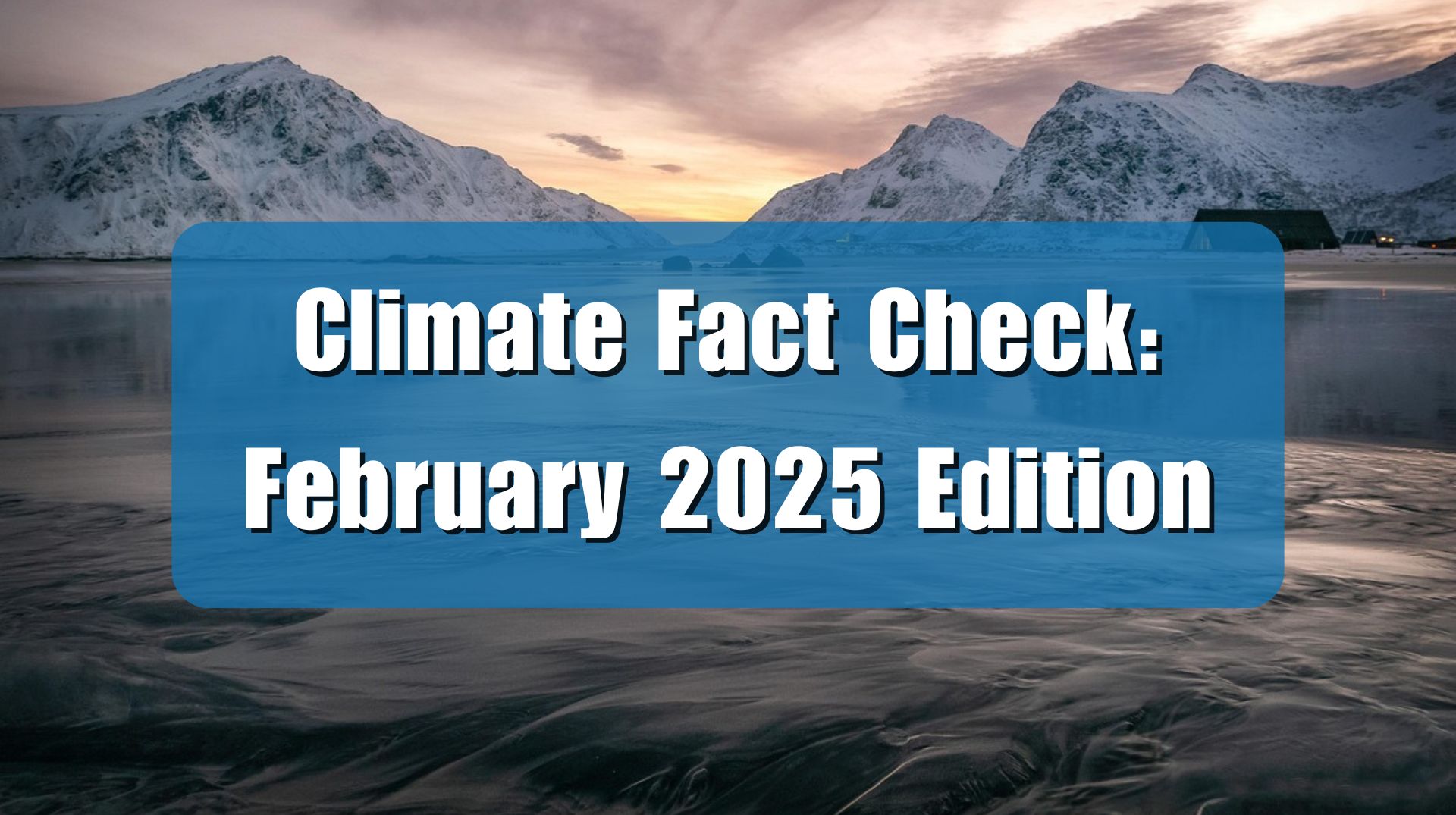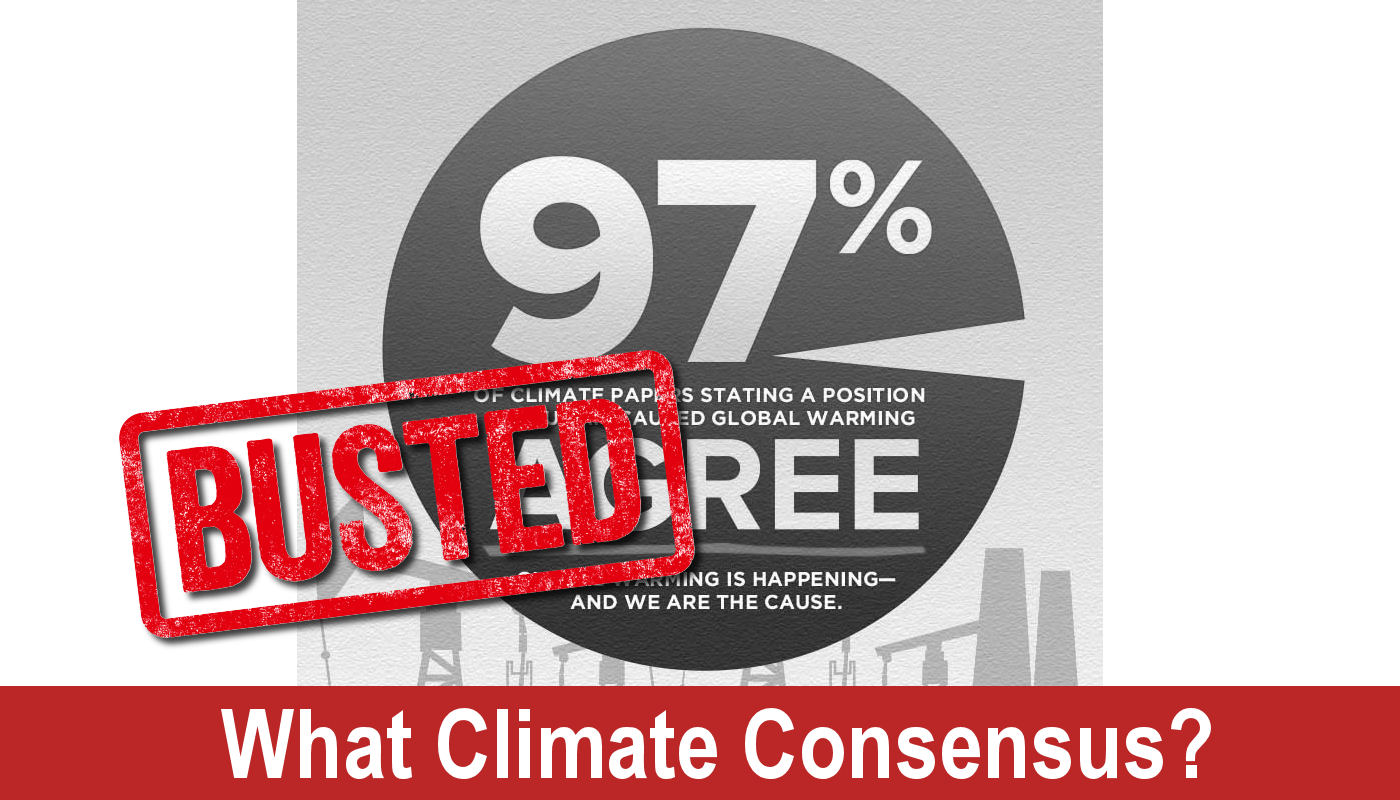Boston’s National Public Radio affiliate WBUR has published a new article claiming we are facing a sea-level crisis caused by climate change. In truth, global sea level has been rising for more than 150 years at a fairly steady pace. There is no reason to think that, aided by the most advanced 21st-century technologies, humans suddenly won’t be able to adapt to modestly rising seas.
The WBUR story, titled, “28 Trillion Ton Ice Melt Spells Danger For Sea Level Rise, Climate Change,” bases its alarm on a report from UK climate alarmists claiming:
“A total of 28 trillion tons of ice has disappeared from the Earth’s surface since 1994, … [which] fulfills the worst-case scenario that was predicted by the Intergovernmental Panel on Climate Change 30 years ago … that by the end of this century, sea level could rise by more than 3 feet.”
As detailed in Climate at a Glance: Sea Level Rise, global sea level has been rising at a relatively steady pace of just one foot per century – or less than one inch per decade – since the mid-1800s. Our transformation to modern global economy utilizing coal power plants and SUVs has led to very little increase in the pace of sea-level rise, if any increase at all. Moreover, and very importantly, the United Nations Intergovernmental Panel on Climate Change (IPCC) confirms here has been no significant recent acceleration.
Also, as NASA reports, sea level always rises between ice ages as ice sheets retreat. During the last interglacial period between ice ages, seas were four to six meters higher than we are experiencing today.
Photographic evidence, such as with Fort Denison in Sydney Harbor, shows no visible sea level rise impact in 135 years.

Also, as detailed in a report by the Non-governmental International Panel on Climate Change (NIPCC), some cities, like Ceuta, Spain, have experienced almost no sea level rise over the past century. Other cities, such as Sitka, Alaska have actually experienced falling sea levels. Still other cities, such as Atlantic City, have experienced a large, rapid increase in sea levels, mainly due to subsidence. Yet each of these locations has avoided apocalypse with less-advanced technology than we have at our disposal today.
As Bjorn Lomborg writes in his book, False Alarm:
“Humans have been adapting to nature for millennia, and with more wealth and technology we will be even better at it in the future. … For many centuries, much poorer societies have adapted as sea levels have risen. And today, we have more know-how and [better] technology than ever before: We can build dikes, surge barriers, and dams; expand beaches and construct dunes; make ecosystem-based barriers like mangrove buffers; improve building codes and construction techniques; and use land planning and hazard mapping to minimize flooding. As a result, death from storm surges have actually been declining even as sea levels have risen.”
WBUR should do its research, examining the facts about sea level rise, before scaring the public with tall tales about a looming coastal flood apocalypse.















[…] Read more at Climate Realism […]
[…] on Climate Realism, we debunked a fake sea-level scare promoted by Boston’s National Public Radio affiliate, WBUR. WBUR claims global warming has caused […]